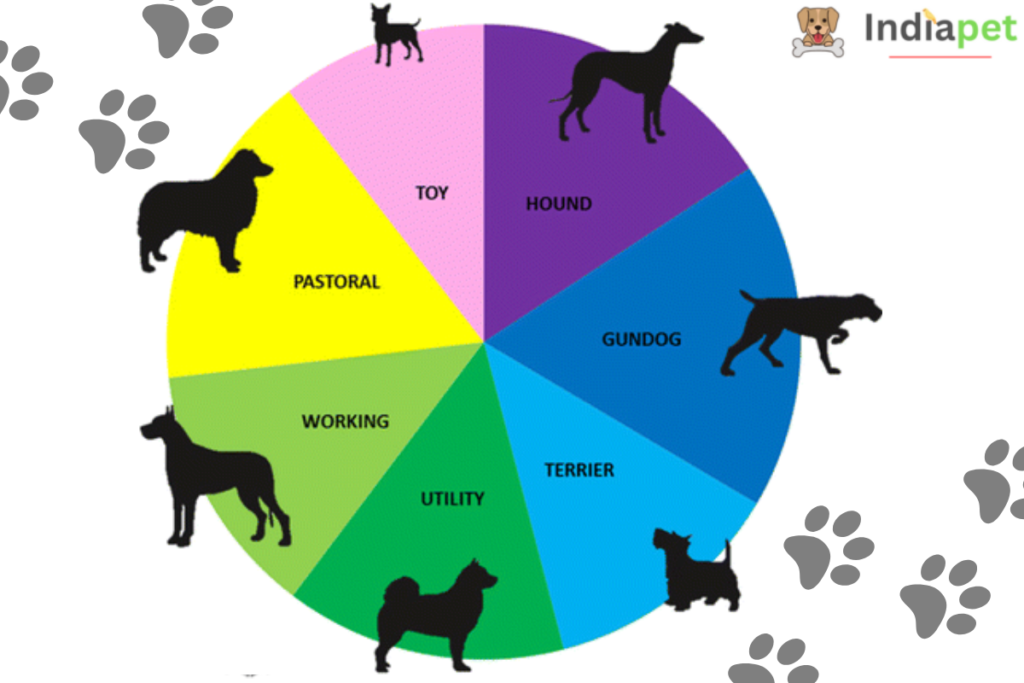What Is The Scientific Name Of Dog? – Dogs, beloved companions to humans for thousands of years, are scientifically known as Canis lupus familiaris. This nomenclature reflects their origins and evolutionary history, highlighting their close relationship with wolves. The scientific name encapsulates the domestication process and the unique bond between humans and dogs, which has shaped both species over millennia.
________________________________________________________________________________
Understanding the Scientific Name
The scientific name of any organism consists of two parts: the genus name and the species name, a system known as binomial nomenclature. This system was developed by Carl Linnaeus in the 18th century and is still in use today. In the case of dogs:
- Genus: Canis
- Species: lupus
- Subspecies: familiaris

Genus: Canis
The genus Canis includes several species of carnivorous mammals, such as wolves, coyotes, and jackals. Members of this genus are known for their keen senses, social behavior, and adaptability to various environments. The genus name “Canis” is derived from the Latin word for dog, highlighting the common traits shared by these animals.
Also read : Top 10+ The Most Aggressive Dog Breed List [2024]
Species: lupus
The species lupus refers specifically to wolves, with the gray wolf being the most well-known representative. The term “lupus” is Latin for wolf, indicating the predatory nature and social structure of these animals. Wolves are known for their complex pack dynamics, hunting strategies, and territorial behavior.
Subspecies: familiaris
The addition of “familiaris” distinguishes domestic dogs from their wild ancestors. The term “familiaris” is derived from the Latin word for household, signifying the close relationship between domestic dogs and humans. This subspecies classification acknowledges the unique adaptations and characteristics that have developed in dogs through their association with humans, setting them apart from their wild counterparts.
________________________________________________________________________________
Origins and Domestication
The domestic dog’s journey from wild wolves to beloved pets spans tens of thousands of years. Genetic and archaeological evidence suggests that dogs were the first domesticated animals, with the process beginning between 20,000 and 40,000 years ago. Early humans likely formed symbiotic relationships with wolves, benefiting from their hunting skills and protective nature. Over generations, humans selectively bred wolves for traits that were beneficial or desirable, such as tameness, loyalty, and a friendly disposition. This process of artificial selection gradually transformed wolves into the diverse range of dog breeds we see today, from tiny Chihuahuas to massive Great Danes.
Also read : Basset Hound Breed Info, History, Images, Size & More [Update 2024]
Early Domestication
The early domestication of dogs was a mutually beneficial process. Wolves that were less aggressive and more tolerant of humans were more likely to receive food and protection, leading to increased survival and reproductive success. These early proto-dogs provided humans with assistance in hunting, guarding, and companionship, while humans provided a reliable source of food and shelter.
Also read : Top 10 Wolf Dog Breeds in the World
Evolution of Dog Breeds
As humans spread across the globe and developed diverse cultures and lifestyles, they continued to selectively breed dogs for specific traits and purposes. This led to the development of various dog breeds, each suited to different tasks and environments. For example, herding dogs were bred to assist with livestock management, hunting dogs were bred for their tracking and retrieving abilities, and toy breeds were developed primarily for companionship.
Also read : 15+ Old dog breeds [Update 2024]
________________________________________________________________________________
Significance of the Subspecies
The classification of domestic dogs as Canis lupus familiaris highlights the unique characteristics and adaptations that have arisen through domestication. These traits include not only physical differences but also behavioral adaptations that make dogs well-suited to living alongside humans.

Physical Differences
Domestic dogs exhibit a wide range of physical variations, from size and coat color to ear shape and tail length. These differences are the result of selective breeding for specific traits. For instance, the short legs of Dachshunds were bred for digging into burrows, while the long, slender bodies of Greyhounds were bred for speed.
Also read : Top Ten Best Small Dog Breeds [Update 2024]
Behavioral Adaptations
Domestication has also led to significant behavioral changes in dogs. Unlike their wild ancestors, domestic dogs are more likely to seek out and enjoy human companionship. They have developed the ability to read human cues and respond to commands, making them highly trainable and adaptable to various roles in human society.
________________________________________________________________________________
Why Scientific Names Matter
Scientific names are crucial for accurately identifying and classifying living organisms. They provide a standardized way to refer to species, ensuring clear communication among scientists and researchers worldwide. This system of nomenclature helps in studying the evolutionary relationships between different species, tracking biodiversity, and conducting conservation efforts.

Communication and Research
The use of scientific names allows researchers from different regions and languages to communicate clearly about specific species. This is especially important in scientific research, where precise identification of species is necessary for accurate data collection and analysis.
Also read : Top 10+ Smartest Dog Breeds In The World: [Traning & Skills]
Conservation Efforts
Scientific names also play a vital role in conservation efforts. By understanding the evolutionary relationships and ecological roles of different species, conservationists can develop more effective strategies for protecting endangered species and their habitats.
________________________________________________________________________________
What Is The Scientific Name Of Dog?
Conclusion
The scientific name Canis lupus familiaris not only identifies the domestic dog but also encapsulates its rich history and evolution. What Is The Scientific Name Of Dog? It reminds us of the deep bond that has developed between humans and dogs over millennia, a relationship that continues to enrich both species today. Through the lens of this scientific name, we can appreciate the incredible journey of domestication that has transformed wolves into the loyal and diverse companions we know and love.


